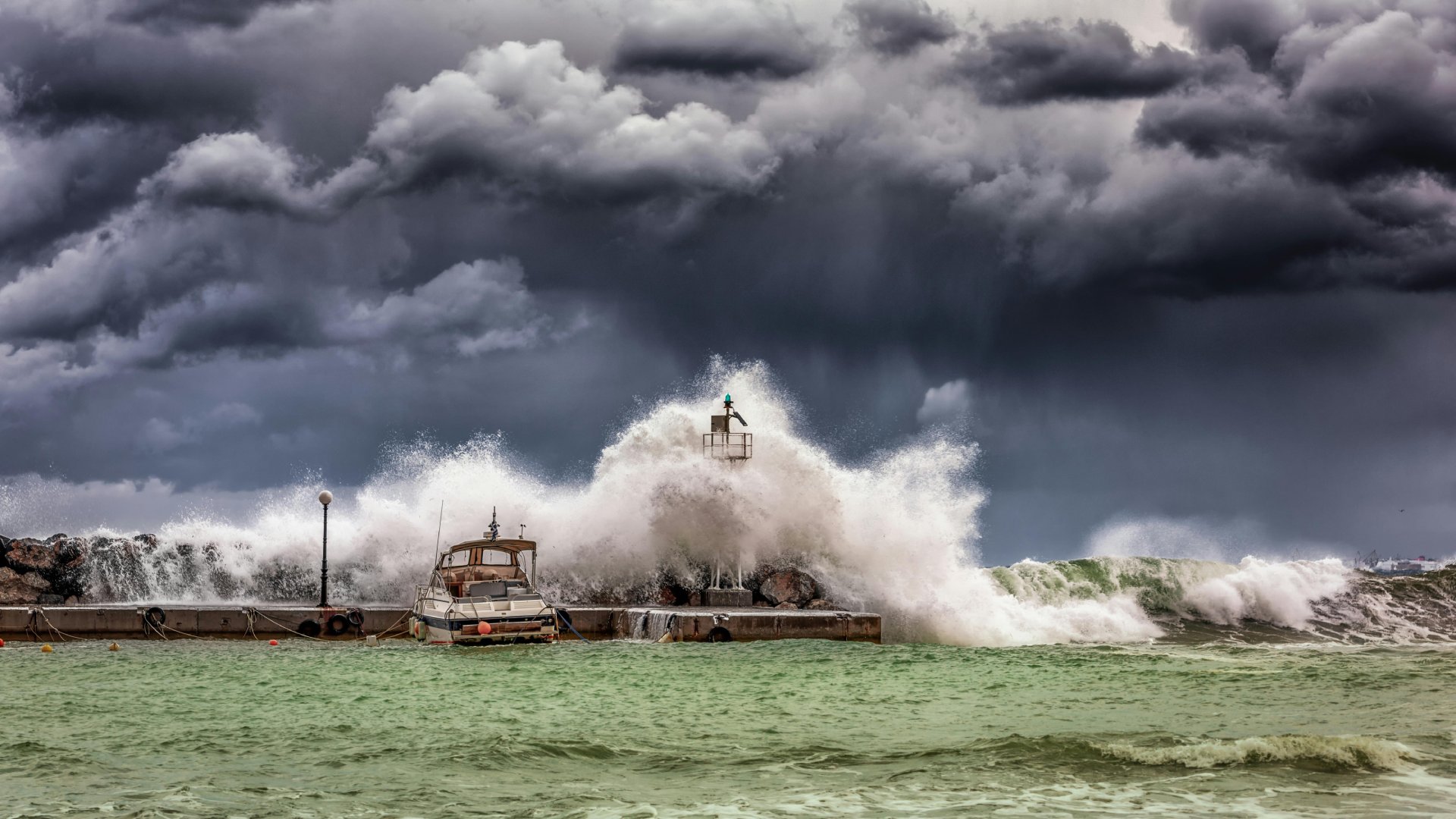The U.S. war in Afghanistan has ended after 20 years and experts are debating what it all means for the ongoing war on terrorism. U.S. troops have left. Afghan security forces were no match for Taliban fighters. Prisons have been emptied of Taliban militants.
Doubts are mounting over Washington’s “ability to stem a resurgence of al Qaeda and other extremists in Afghanistan,” according to half a dozen current and former U.S. officials in a Reuters report. Other authorities are looking to make certain domestic counter-terrorism efforts aren’t overlooked, especially now that the inaugural national strategy for fighting domestic terrorism was published.
“The ‘See Something, Say Something’ slogan from the Department of Homeland Security reminds us that we all have a responsibility to report suspicious incidents to help prevent terrorist or criminal activity,” said Harding Bush, a former Navy SEAL and associate manager operations for Global Rescue.
Outside of “who, what, where, when and why,” this statement is rarely followed with specific instructions on how to effectively report an incident. “As a witness, you should be able to observe, retain and report accurate details of the situation. With a background in military and international security, I’ve mapped out some ways to help you report suspicious activity,” he said.
Three Types of Incidents

Suspicious incidents are usually associated with objects, people, or vehicles — and can include all three. There are specific methods of reporting for each. These methods give you an effective, clear and accurate way of saying something after seeing something.
1. Objects
A suspicious item or object should be reported as what and where it is. If you aren’t sure of what an object is, describe its characteristics, size, color and material. Describe why you believe it is suspicious and any other immediate details relevant to the object. For example, a good object description would be: “A large red canvas duffle bag against a concrete stanchion on the second level of terminal B parking garage near the north elevators.”
2. People
To quickly and accurately describe a person’s features, start by describing them as male or female. Describe the color and type of clothing from the waist up and the color and description of clothing from the waist down. Pay close attention to their footwear. A sweater or jacket can be taken off quickly to change appearance but footwear is difficult to change on the fly.
Bush recommend using “ABCD” as a memory aid. It stands for age, build, color and distinguishing features.
- Bracket their age: 20-25, 30-40, 40-50.
- Describe their build: Are they skinny, stocky, athletic or obese? Are they short, average or tall?
- What is the color of their skin, ethnicity or race? Be aware that the color of the skin does not indicate nationality or ethnicity; a person from South America could easily be confused with a person from the Middle East, North America, or many other places.
- Distinguishing features are used to add specific information about the person that could help identify or clarify the suspicious behavior. This could include the language they were speaking, hair color or facial hair, activity at the time, tattoos, items carried, gait and body language.
Be sure to report what you see, not what you think you see. For example, don’t report a person as “conducting surveillance.” Report they are using binoculars or taking pictures or sitting at the bus station after several busses have arrived and departed.
3. Vehicles
You should describe a vehicle’s color, make, model or type, license plate and distinguishing features. An example of this is a white Toyota Prius, Florida license plate 12322W with a broken right rear tail light.
“You may not have all of the information but include what you saw and what you know. Even partial information helps and can be verified through other reports of the incident,” said Bush, an expert in procedures for high-risk travel, cultural awareness, crisis preparedness, leadership and operational planning.
Who Needs this Information?
Observed suspicious behavior needs to be avoided, then reported. Leave the area, and report it as soon as you can. Always include the time and location. You may want to write down what you saw to ensure details. Studies show that writing things down improves your memory.
Your first and easiest option is to contact the police. You could also consider finding a building manager or company security officer closest to the incident. These people have a direct interest in the security and safety of that location and are most likely to be diligent about the report.
“Keep in mind, suspicious activity does not necessarily mean a terrorist or criminal act is in process. It means you saw something out of the ordinary that may deserve further assessment by law enforcement or other security personnel,” he said.









